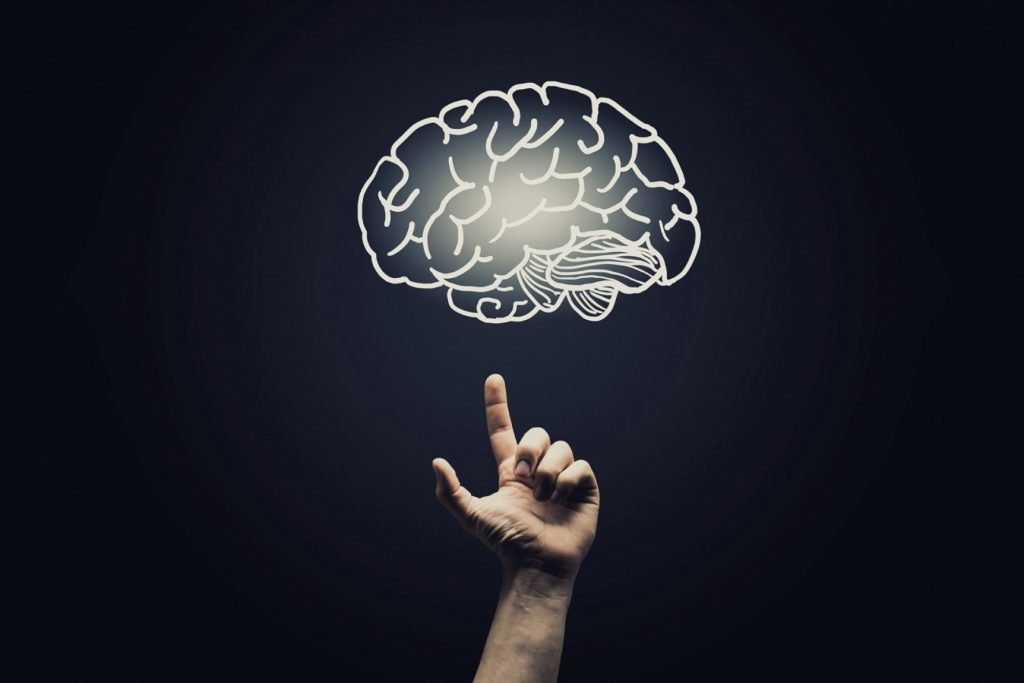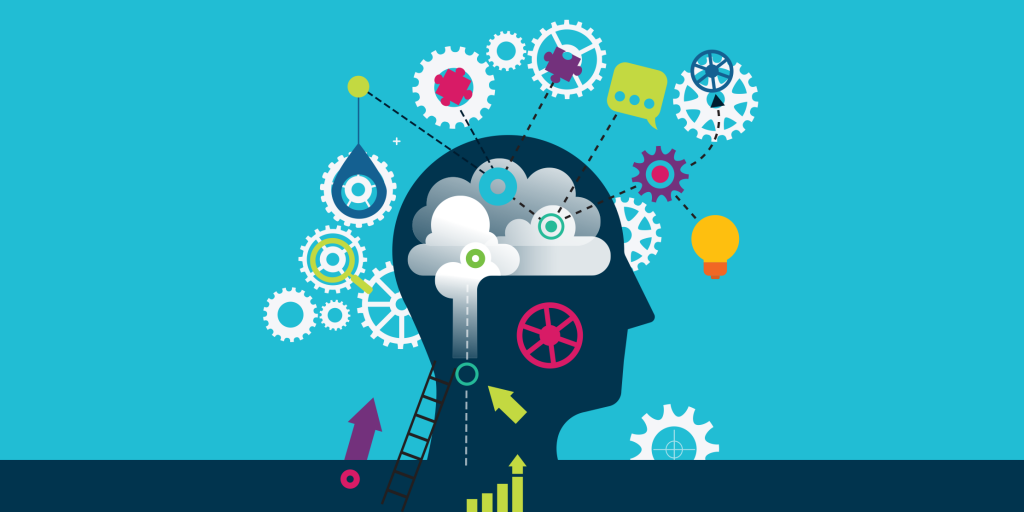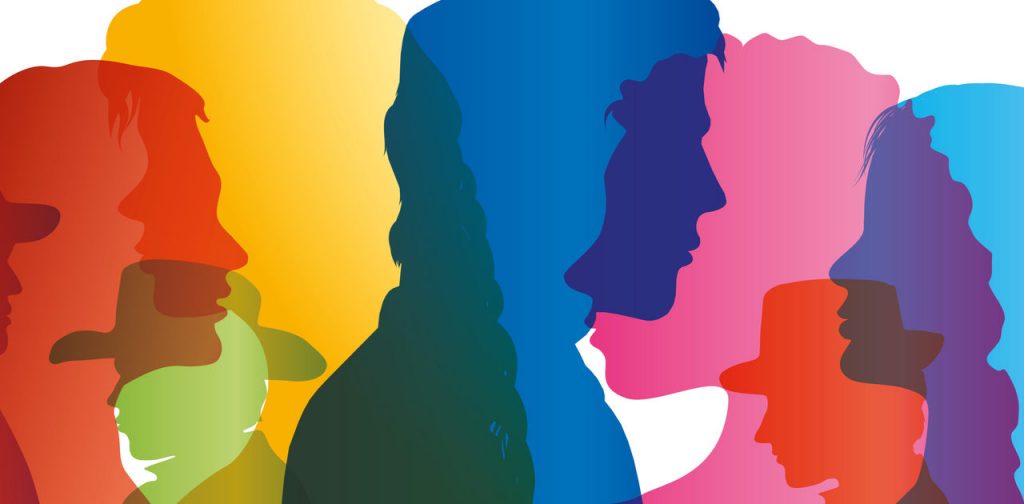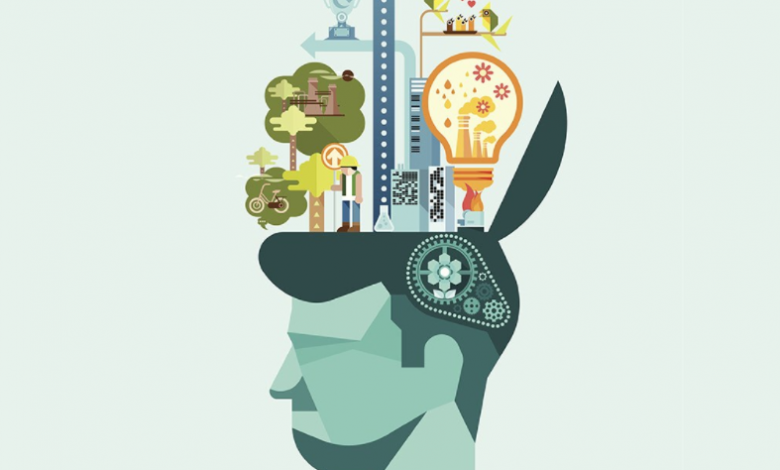Psychology in Design
Psychology in Design. What we see and what we feel are two very different things. The first is an aesthetic experience; the latter is a psychological one. Good graphic design includes both. Designers need more than a basic understanding of psychology for their work to make a worthwhile impression.
Now, you may think that you need to get a degree in psychology to create an impressionable design. The good news is that it’s not necessary to get a doctorate to apply psychology to graphic design. Take this as a handy “crash course” on the role of psychology in design.

Pleasing Visuals Influence Decision-Making & Improve Usability
On the surface level, we as humans get distracted by the beauty of well-crafted art and design. However, stunning graphics are more than just a pretty face. A design’s visuals have an enormous impact on the overall impression of a product such as a website design – and can even go as far as to improve usability through the user’s perception.
“There are two key takeaways to understanding the psychological influence of visuals.”
Firstly, visuals are the dominant influence in how we make decisions. It all started with our evolutionary ancestors, who had to make split-second decisions as a matter of life or death. In the prehistoric era, if you saw tiger stripes, you didn’t have time to sit and process what they meant.
You either ran immediately or that was the end of your hereditary line. This led to biological evolution to use visuals in the decision-making process. We rely on split-second glances tell us what we need to know in a short period of time, rather than spend time ruminating the logical pros and cons. That’s why something (or someone!) that seems good on paper can feel wrong in actuality, and vice-versa.
Secondly, as designers, we need to follow our hearts over cold facts and figures of design. A positive impression on an image puts the brain in a relaxed state—the user enjoys using or seeing it—while a negative impression has the opposite effect. That much may be obvious without a psychology degree, but here’s the kicker: a relaxed brain function more efficiently. In the context of design, this means that the user will be able to learn and operate a system more smoothly.

Too Many Choices Are As Bad As Not Enough
When the possibilities are endless, what could go wrong? Consumers want as many choices as possible… until they actually get them. The more options available to a person, the longer it will take them to come to a decision. When you are bombarded with options, it’s twice as frustrating to make choices.
For designers, keep the KISS method in mind. “KISS: Keep It Simple, Stupid,” reminds us designers to include only elements that are necessary. Extra elements that serve no serious purpose will do nothing but tax the user’s mind and weigh down the experience. The end goal is for them to respond positively and agreeably.

Visual Communication is a Universal Language
Always visual, designers know that words aren’t the only way to communicate. Like with verbal communication, what you say with visuals depends on how well you speak the language. A good designer knows the deeper meaning behind visual elements like color, shapes, placement, etc. For instance, rounding out a corner or shifting text a millimeter to the left can potentially change the entire meaning of the image. Even the smallest change can make a HUGE difference. The meaning of such visuals elements is deeply rooted in psychology.
For example, the color red is often associated with blood, lending it further associations with emergency, warning, and alertness. This goes back to how our visual perception has evolved since prehistoric times. Even if you haven’t studied the “hidden” meaning of visuals, your human instincts should subconsciously pick up on what images communicate. Trippy right?
Even if you’re not a naturally visual person, it’s still helpful to understand the meaning and context behind our visuals. If you are a designer, you should consider diving into the psychology behind design. Marketing and design may be intimidating, but it doesn’t have to be.




